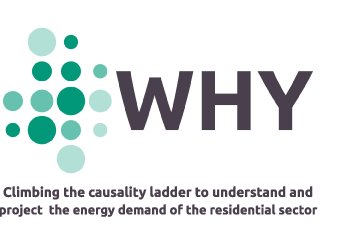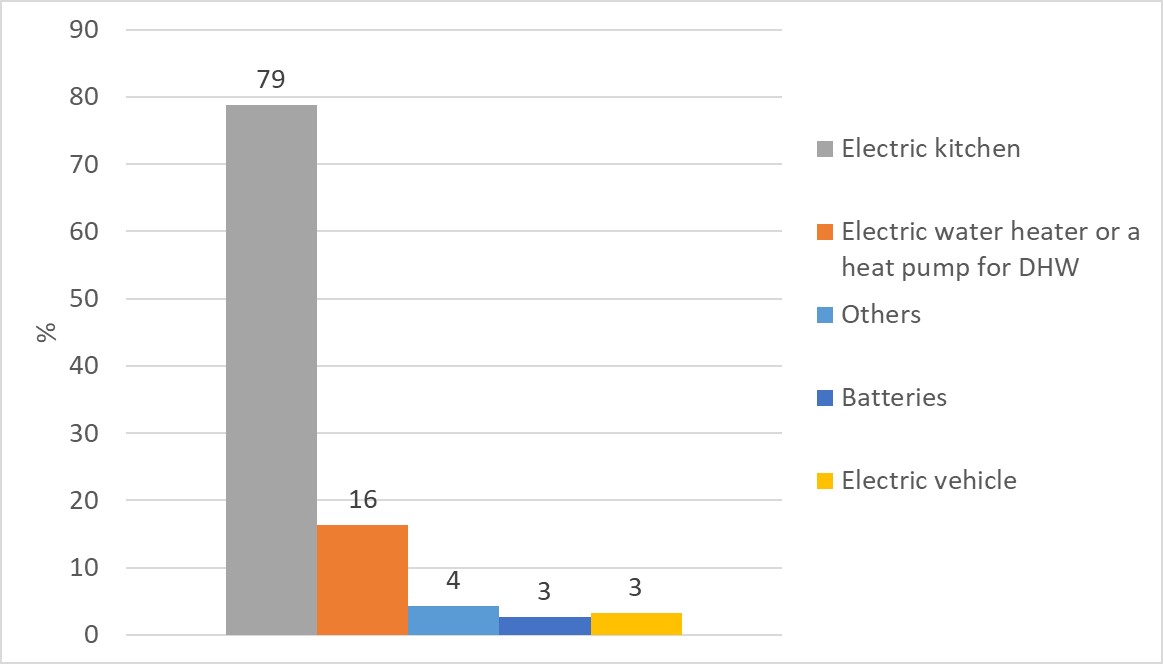Consumers’ Electricity Consumption Impact of New Time-of-Use Rates in Spain
by Leire Astigarraga, GOIENER
In July of 2019, the CNMC (National Markets and Competition Commission) published the first proposal for a new methodology for calculating electricity transport and distribution tolls (new rates based on time-of-use) in Spain. The implementation of these rates was scheduled for 1st of January of 2020, but the process suffered numerous delays and modifications. Finally, the new rates came into force on 1st of June of 2021. This rate change has meant a series of modifications in the billing of electricity consumption.
To better understand the impact of these modifications, we proposed a large-scale research action that could prove to be beneficial for both the consumer-members of Goiener and for Goiener itself as an electricity retailer.
With the aim of measuring the quantitative impact, a Randomized Controlled Trial (RCT) was carried out in which all the consumer-members participated (with exception of those who expressly declined to take part). Periodically, messages of advice to reduce energy consumption or help adapt behaviour to the new rates were sent to the experimental groups. With this trial and the energy consumption values of more than 12000 electricity consumers, registered with Smart Meters during a period of 6 months, the needed quantitative information was obtained.
In order to analyse the qualitative part of this research action, a questionnaire was sent to all participants in January of 2022. It was answered by 691 consumer-members. The aim was to evaluate the following points:
- Knowledge about the new rates and new opportunities for the members
- Degree of follow-up of the suggested behaviour changes and barriers between the different experimental groups
- Type of energy consumer
- Socio-economic profile
After analysing the results, the conclusion was that most of the people believe that the rate change is not the right measure because they think that the small consumers are the ones that are always penalised and because they think that they are not going to achieve the set objectives. Nevertheless, 89% of the sample have taken measures to adapt consumption to the new energy periods. Therefore, it can be said that they have followed the information and advice sent.
Another interesting fact is the one obtained after looking over the electrical systems. 16% of the partners have an electric water heater or a heat pump for DHW, 3.2% have an electric vehicle and 2.6% have batteries (these results are not mutually exclusive, that is, a person has been able to choose more than one device or technology). These figures are interesting to assess the ability to move/or make household electricity consumption more flexible.
It can be concluded that in the future this capacity will increase, since 72% would be willing to invest in photovoltaic solar panels, 29% in electric cars, 23% in heat pumps and 20% in batteries. The highest percentage is that of photovoltaic panels, therefore, it can be expected that in the near future people will prefer this option first.
Analysing the housing data, it is striking that more than half of the data refer to homes built after 2006 (56%), however, only 16% of the homes have an energy certificate of C or better.
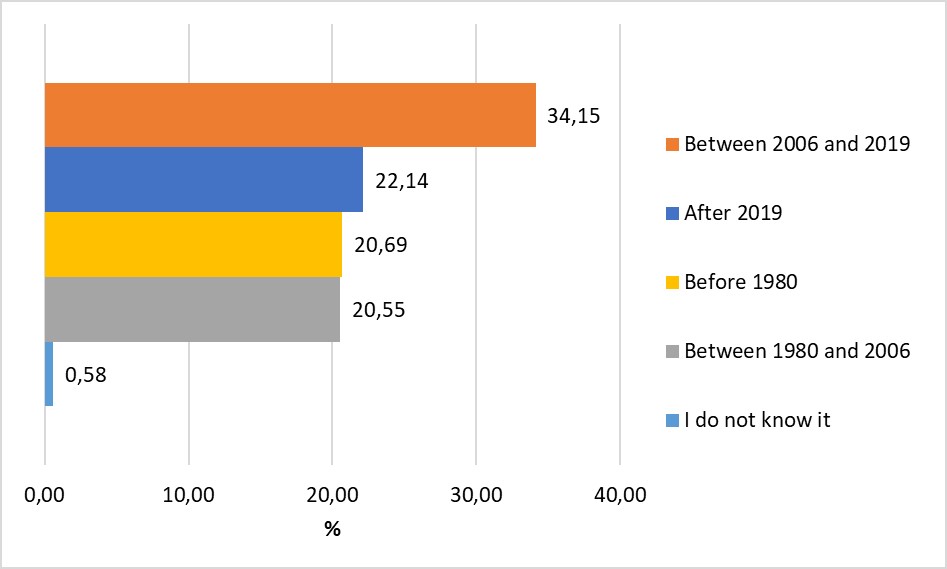
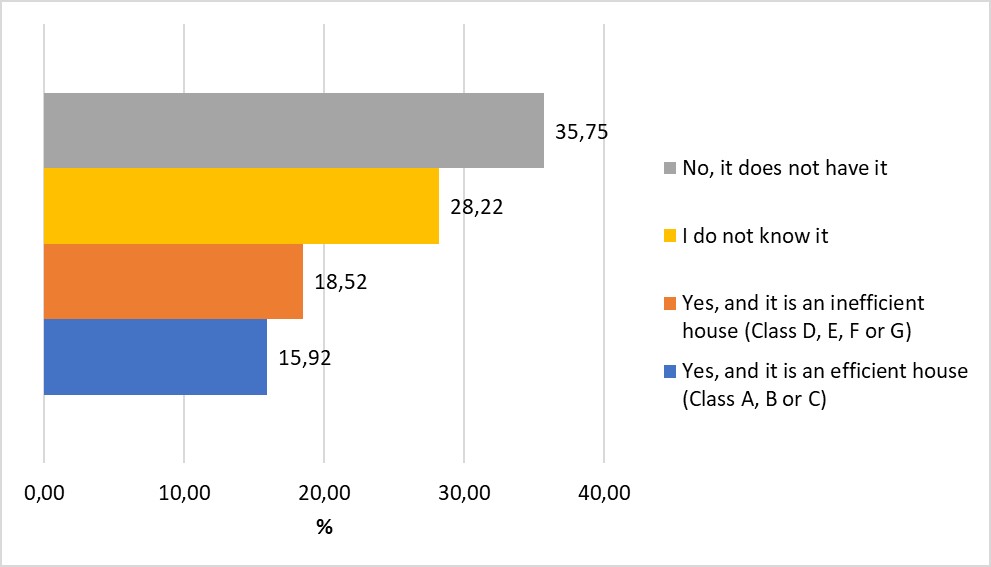
In the questionnaire respondents were also asked about energy communities. 36% have clear ideas about what an energy community is. Despite the fact that many are not sure about what it is or do not know what it is, most of them want to participate in an energy community.
It can be said that most people are aware of environmental and climate change. Moreover, they are taking actions in order to fight climate change, and they expect to keep on the same way in the future.
Regarding the results obtained by analysing the measurements of the meters, it has been seen that there has been a reduction in consumption of 4.99% between the periods 2019/06/01-2020/05/31 and 2021/06/01-2022 /05/31.
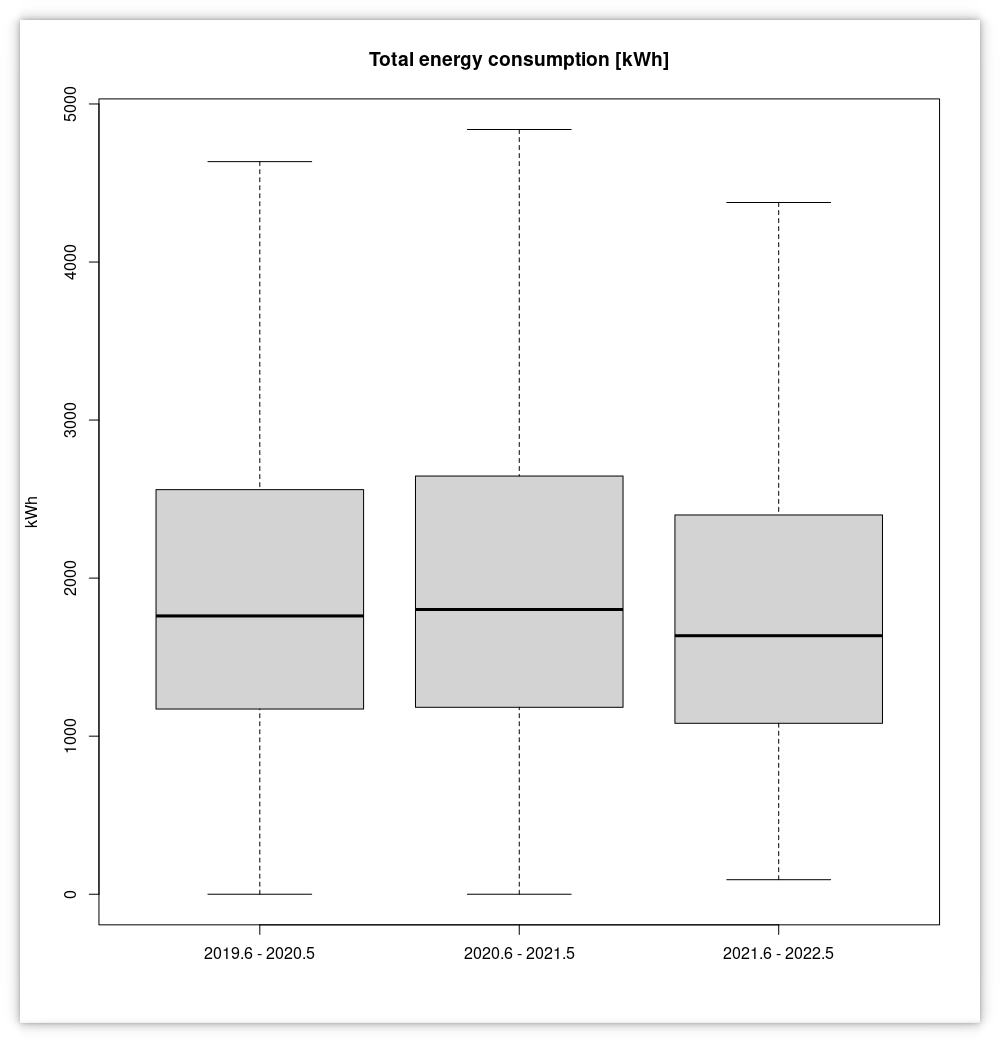
Analysing the same periods, there has been a change in the distribution of energy consumption, decreasing consumption in peak (3.25%) and flat (0.42%) hours, and increasing in off-peak hours (0.8%). The vast majority of the socioeconomic groups analysed have followed this trend, although there have been certain groups that have not changed their behaviour.
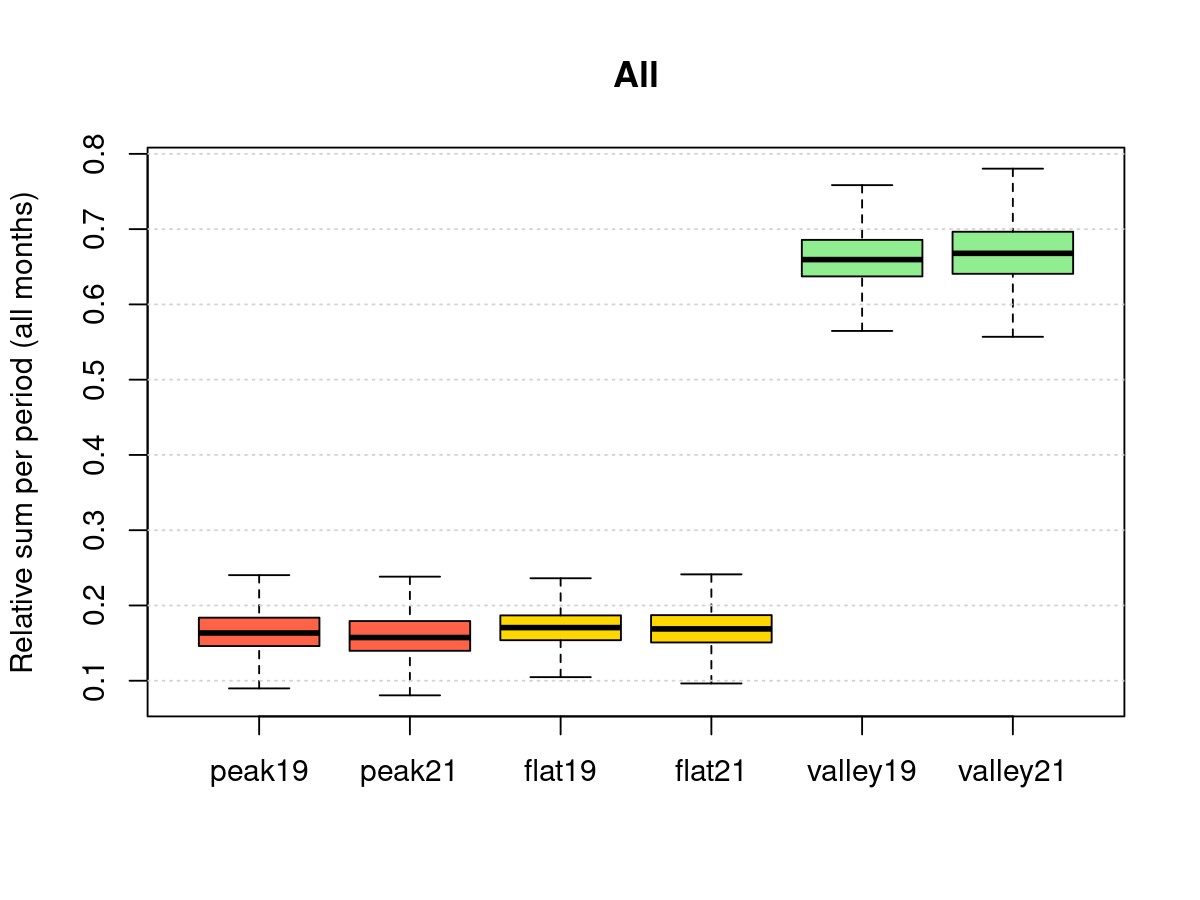
The researchers conducting this experiment believe that these favourable qualitative results on intentions and awareness are not representative of the general public: previous research has shown that cooperative consumers are already more aware than most. Moreover, since completing the questionnaire was voluntary, it is assumed that respondents are among the more highly motivated segment. At a later date, our results will be compared to results from ongoing studies sampled from the general Spanish population, in order to assess these differences.




